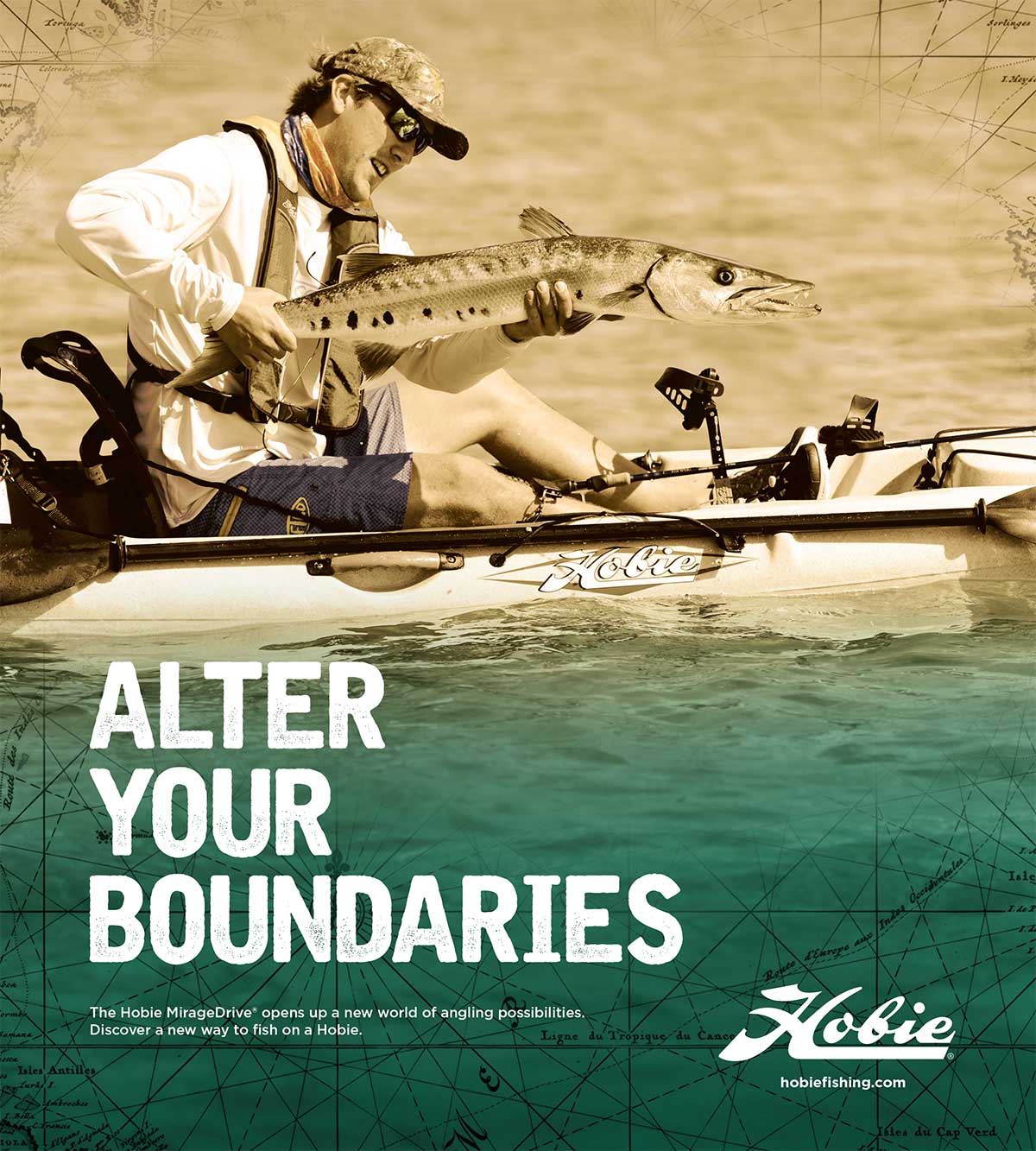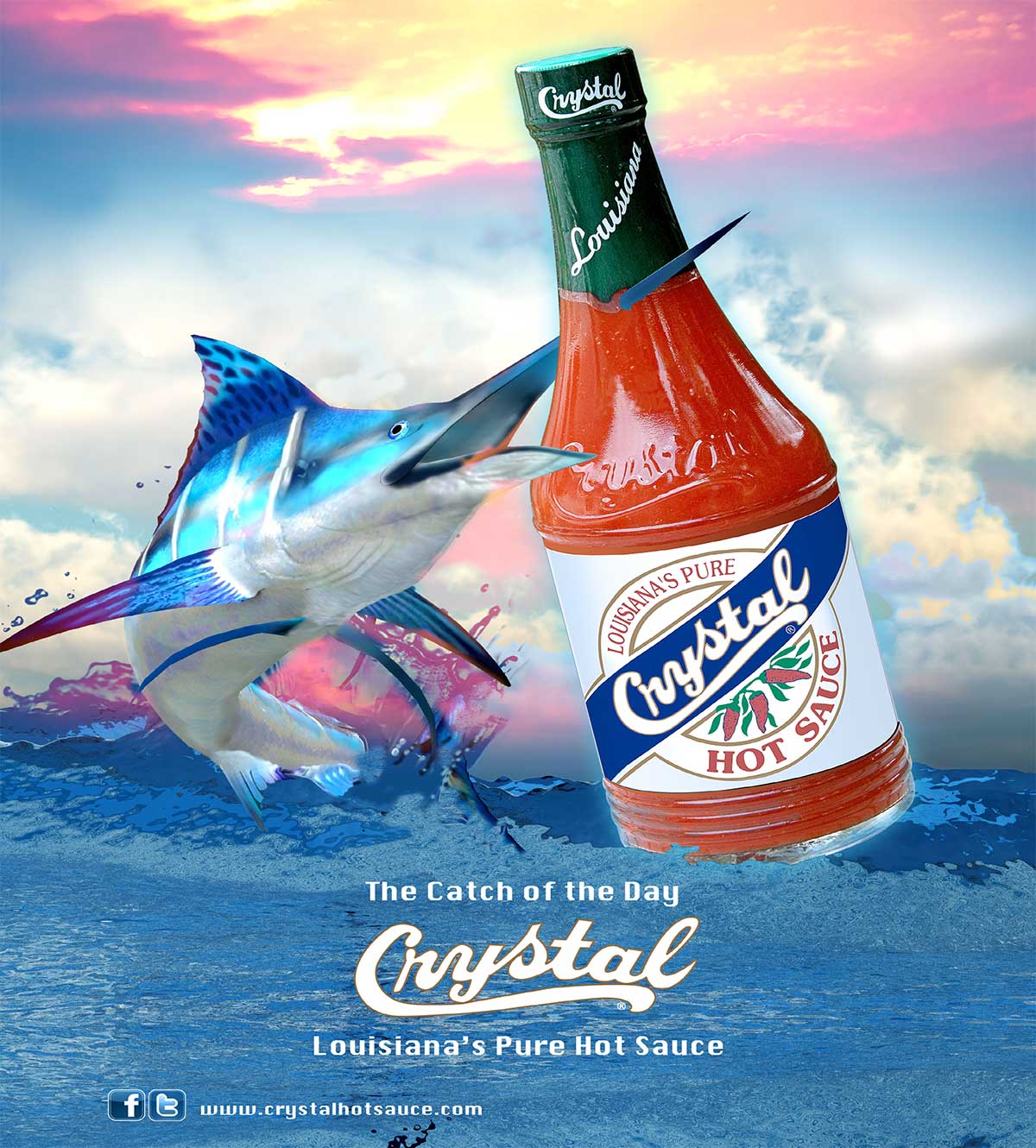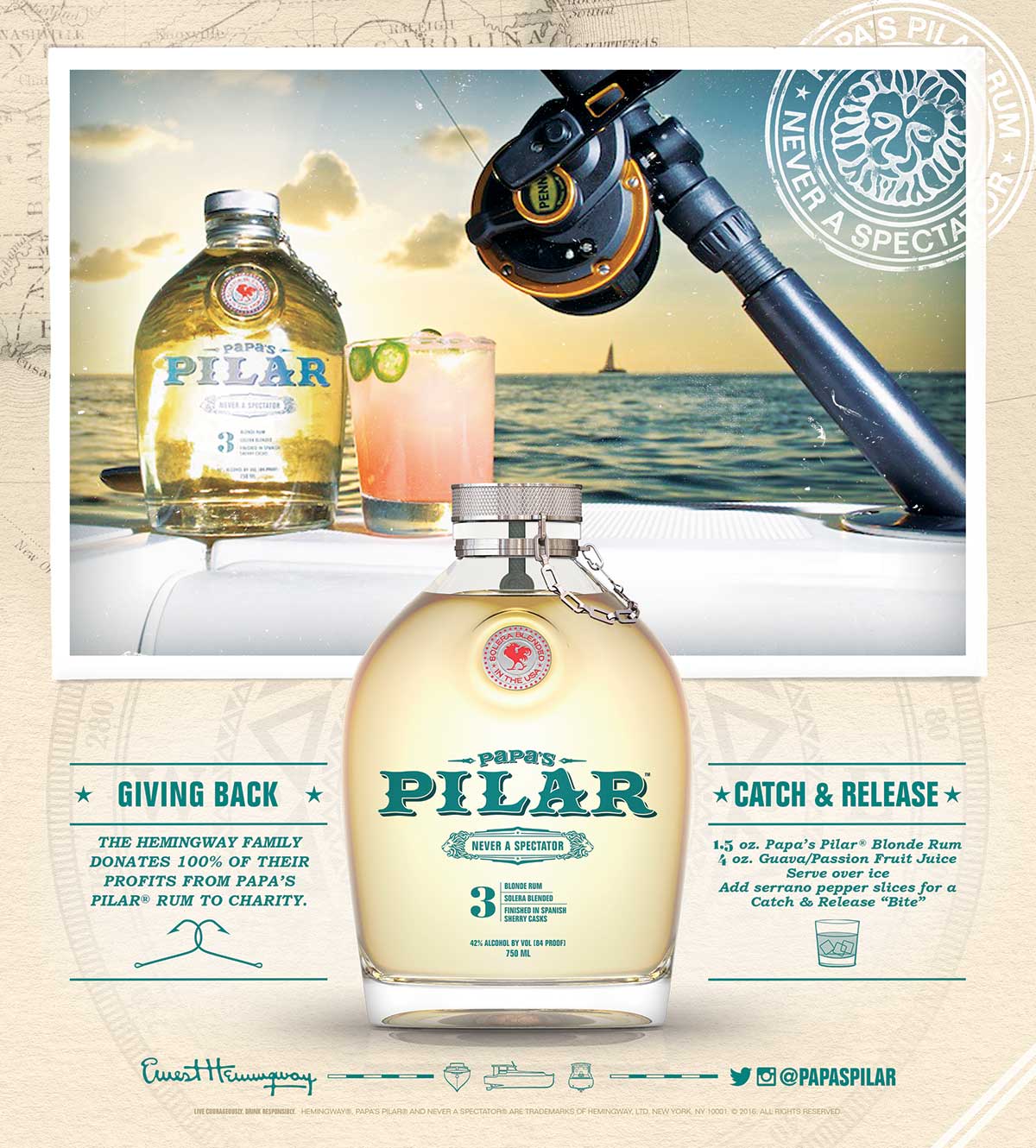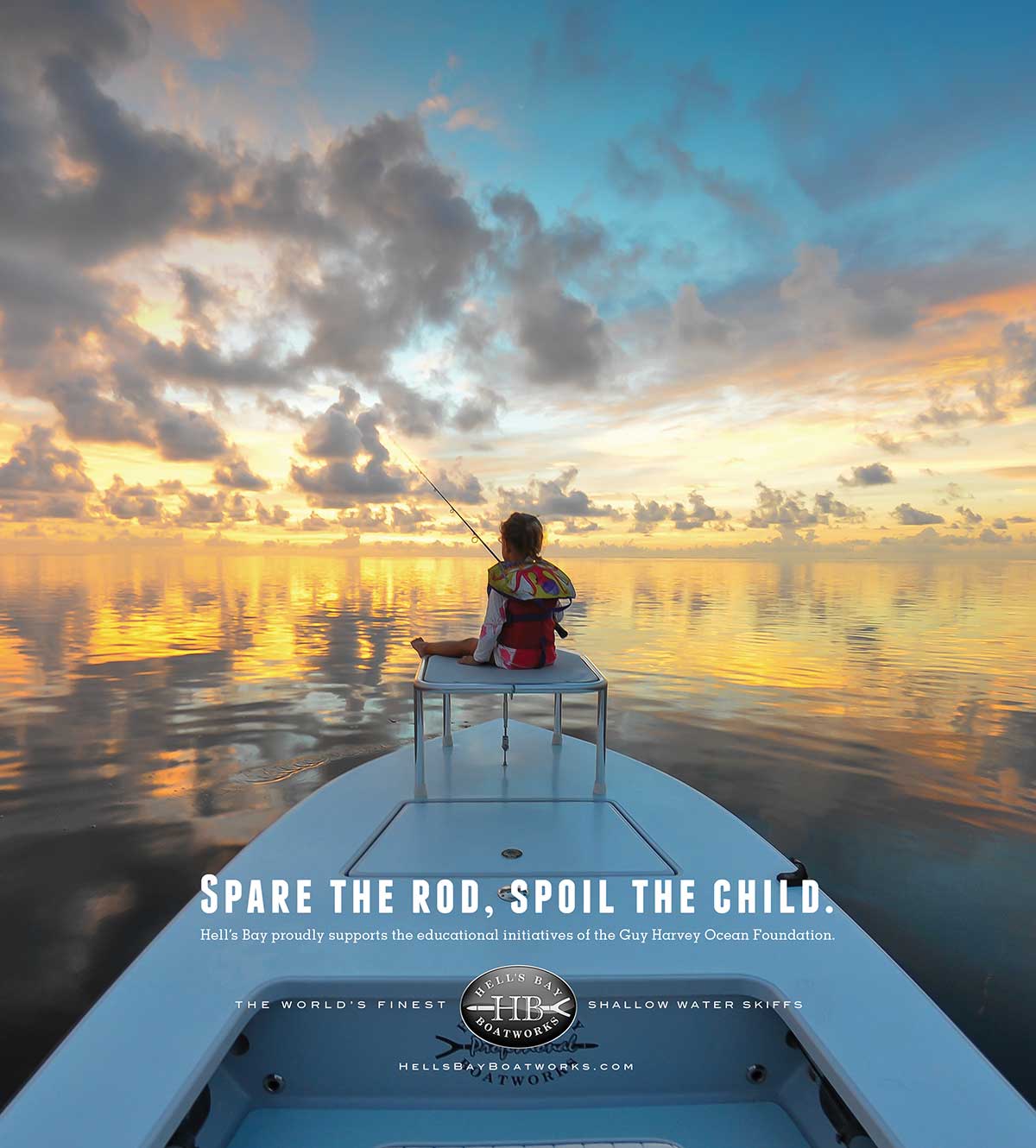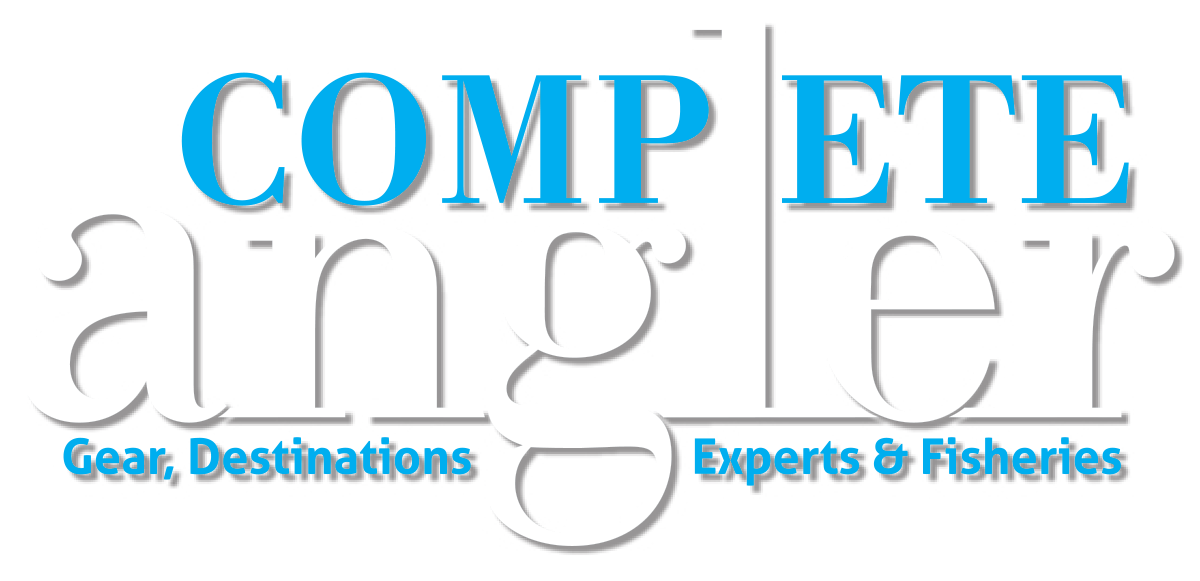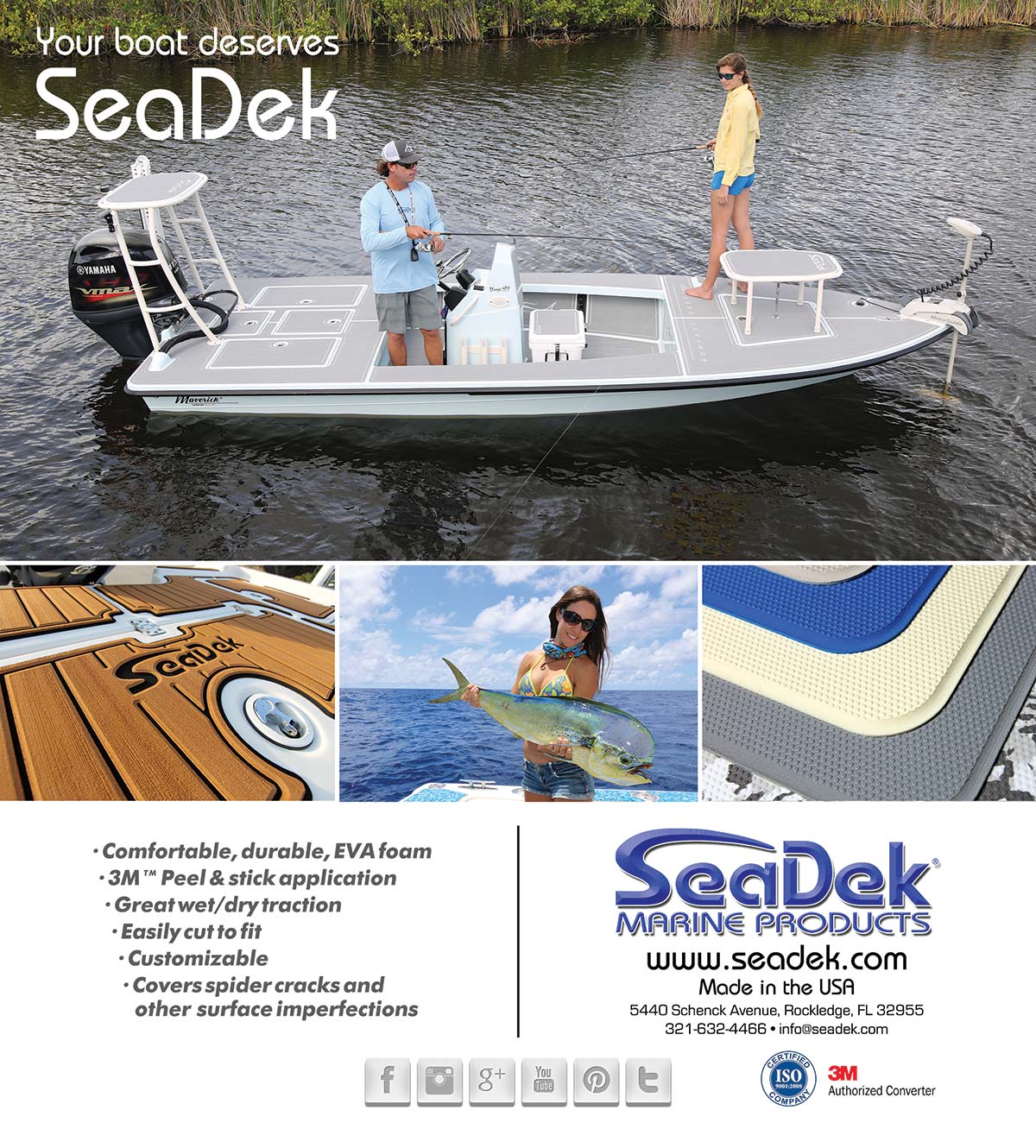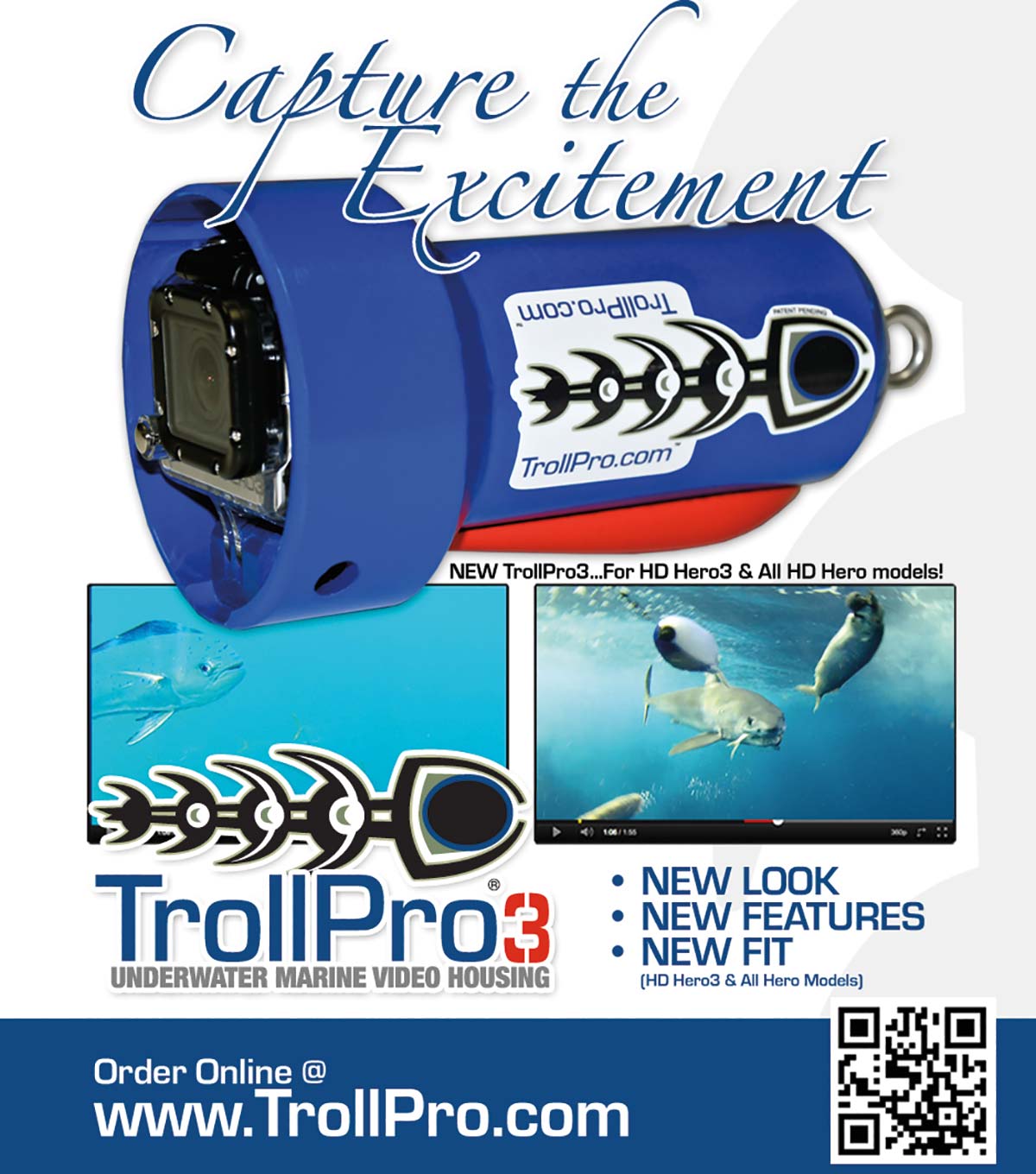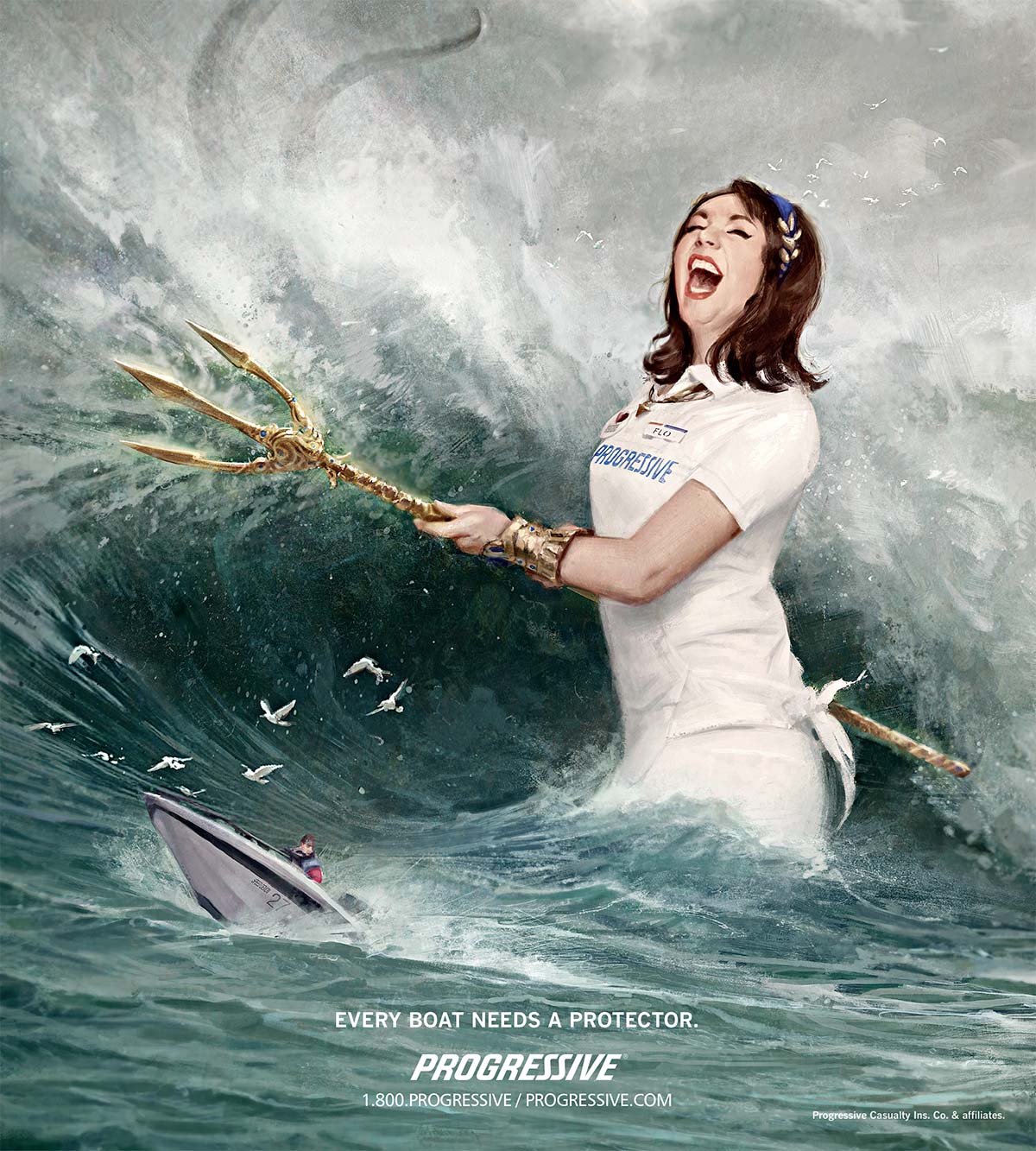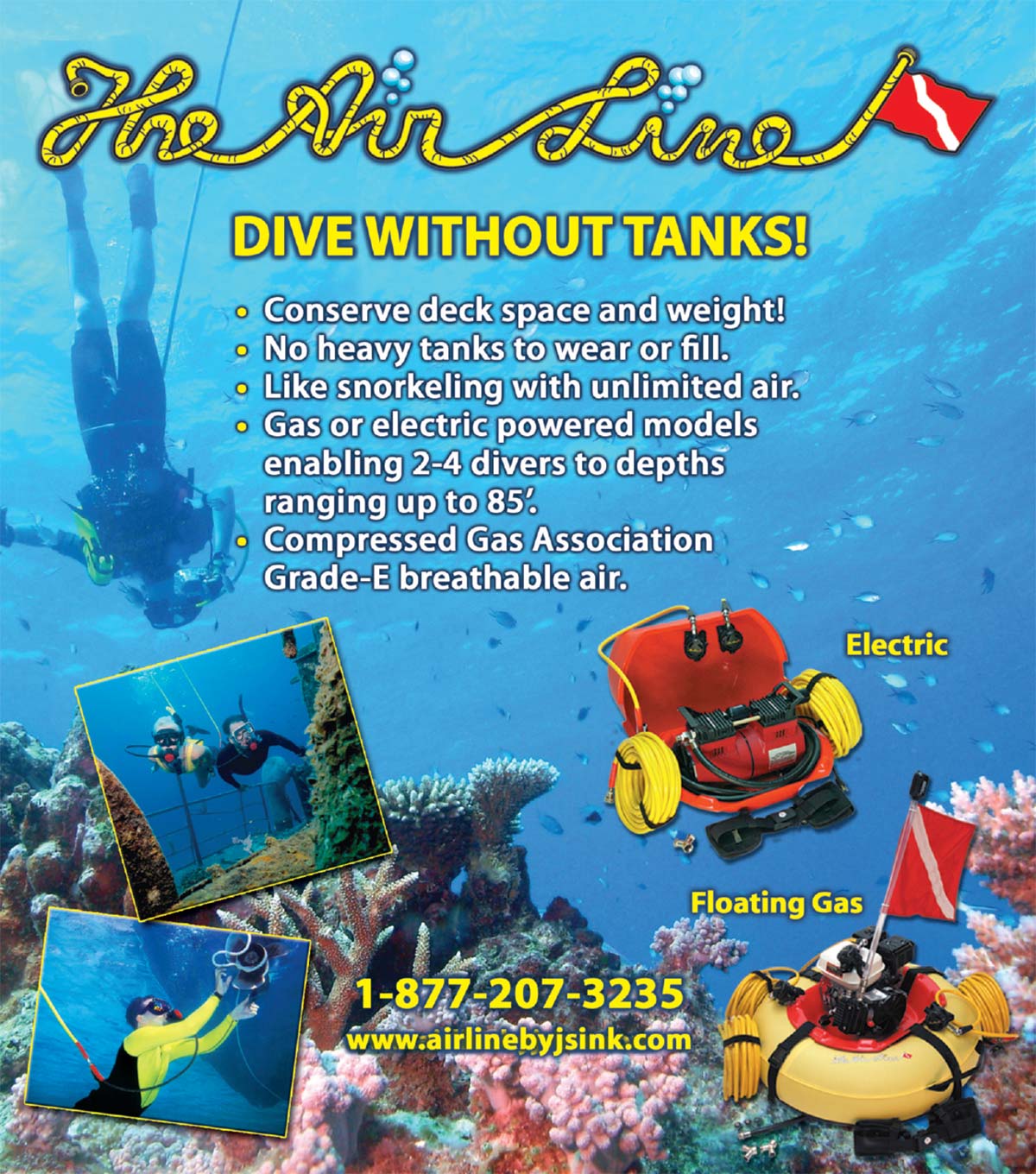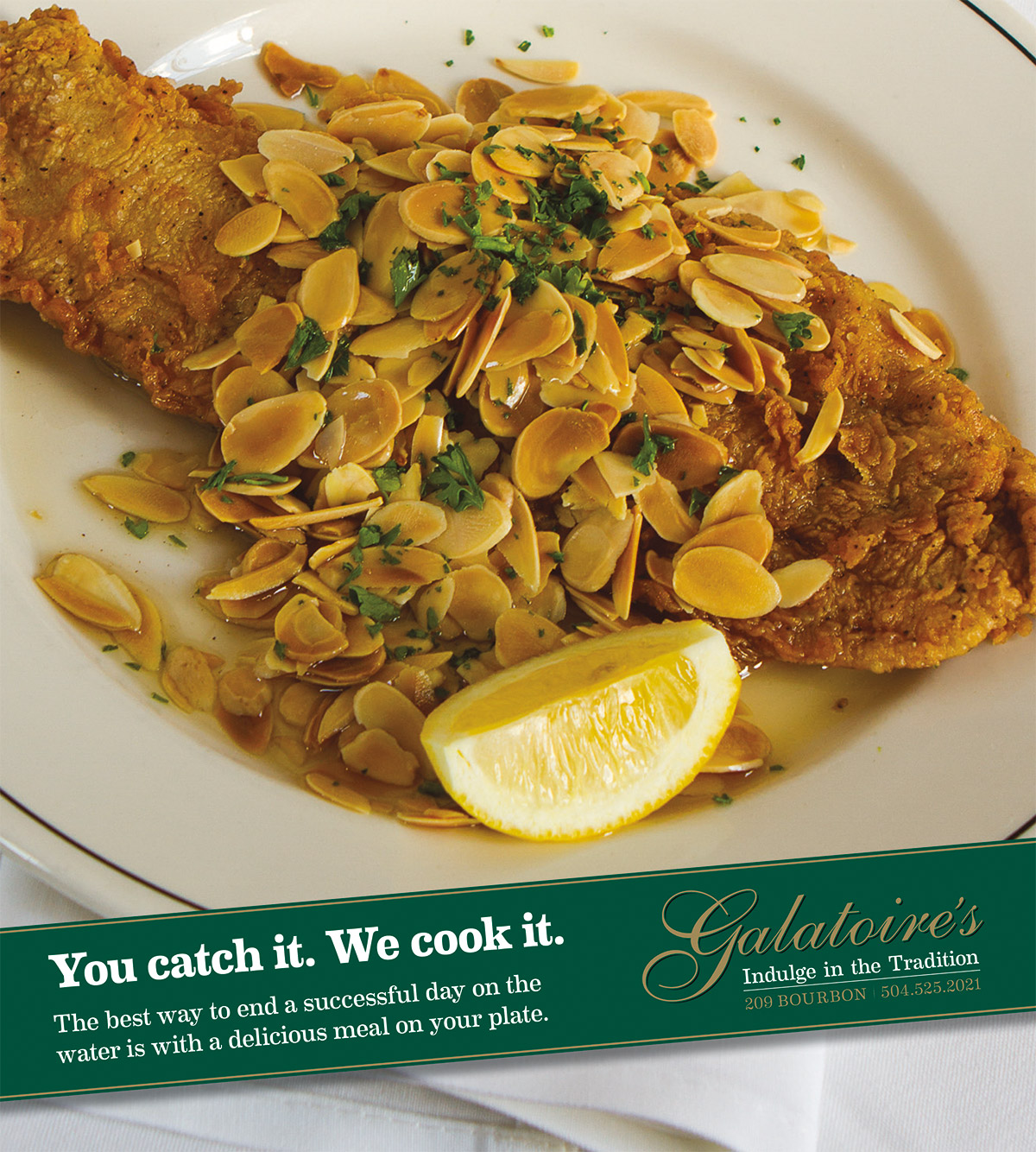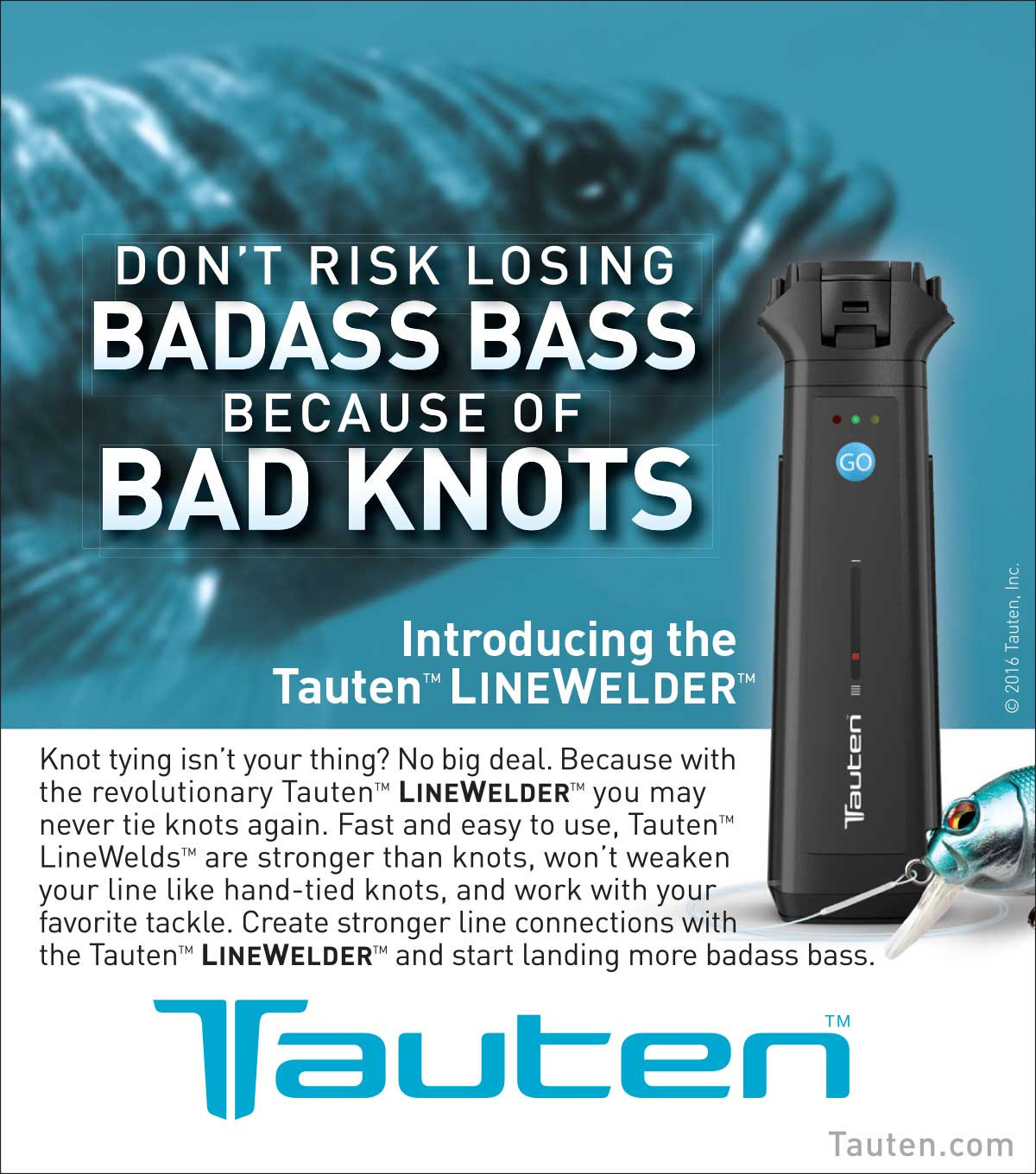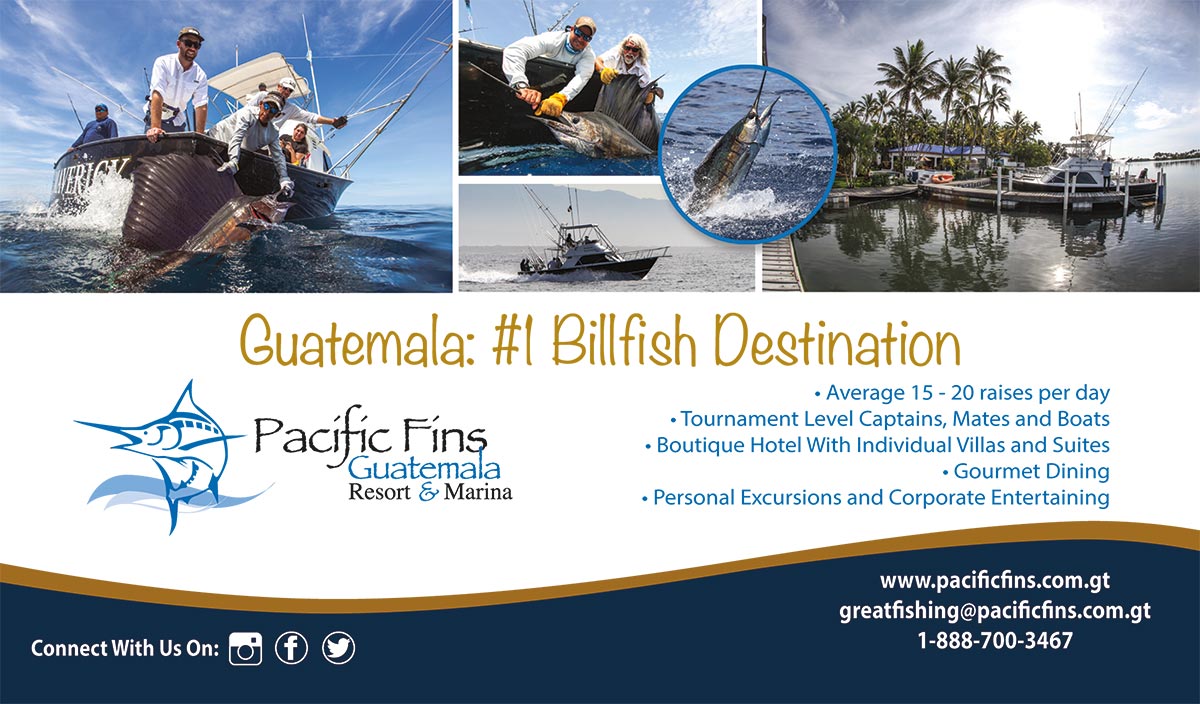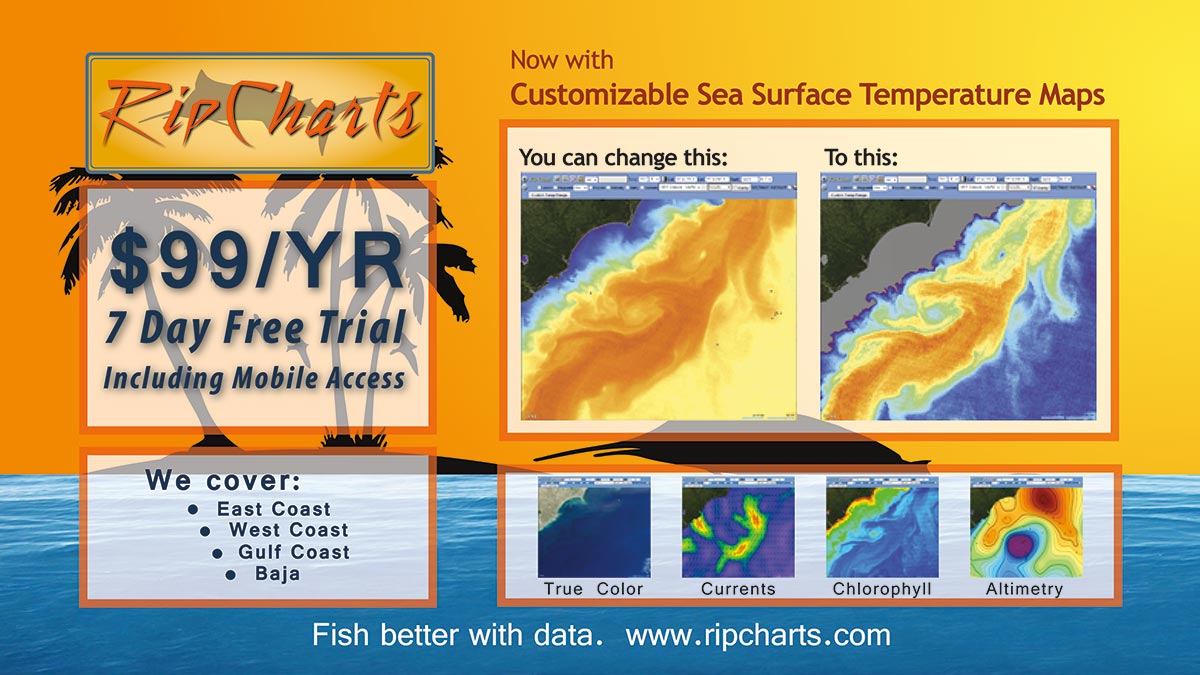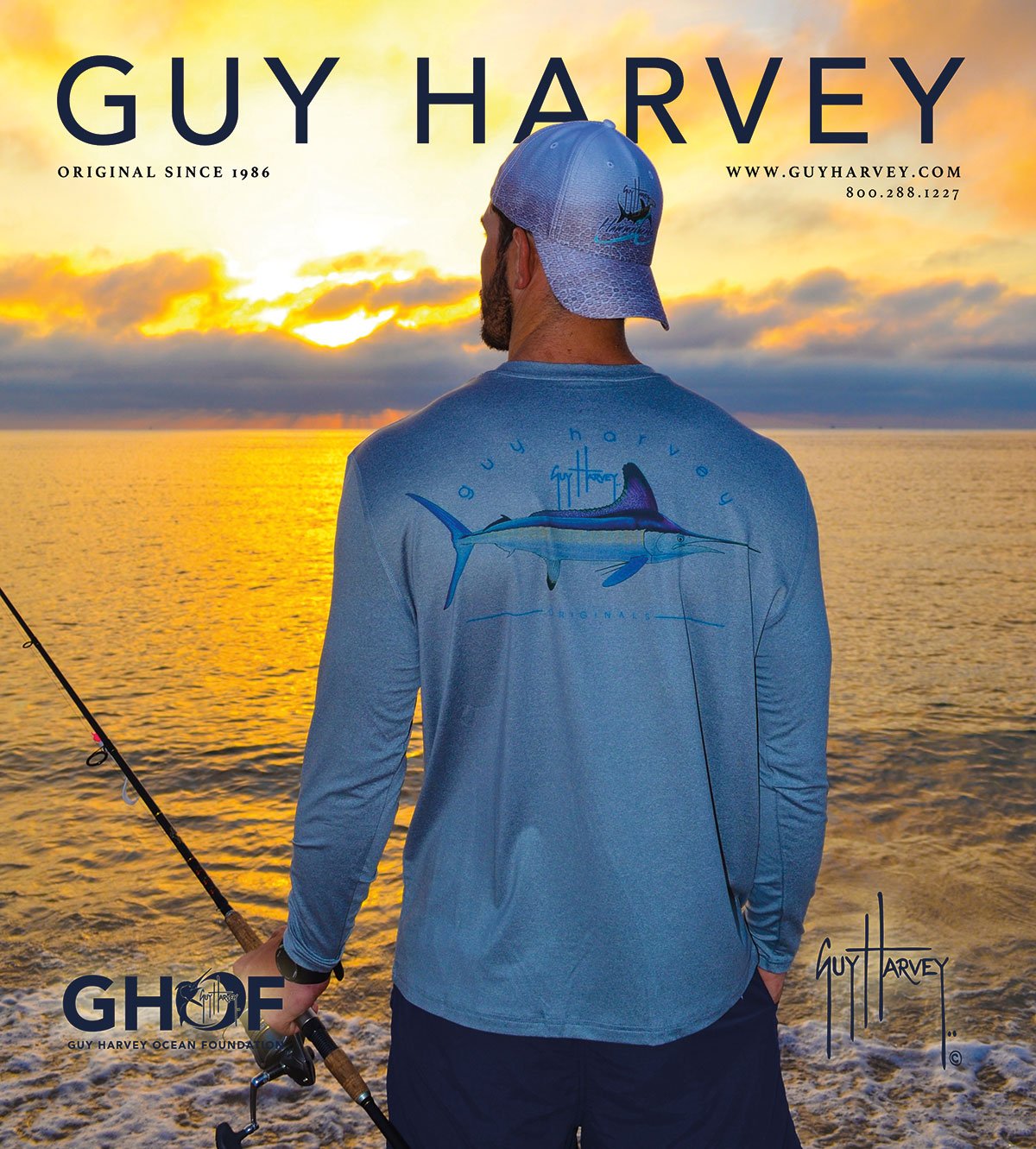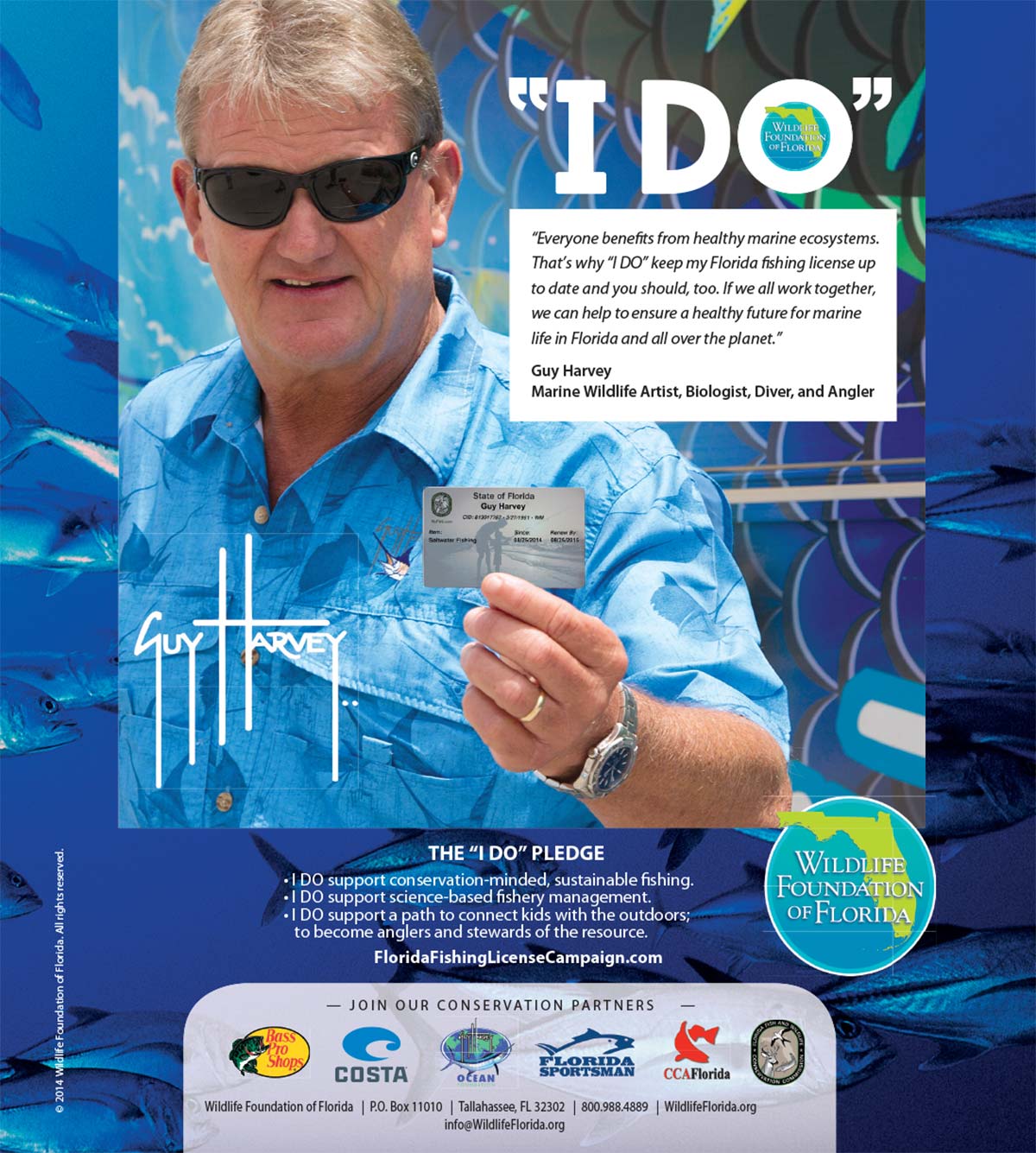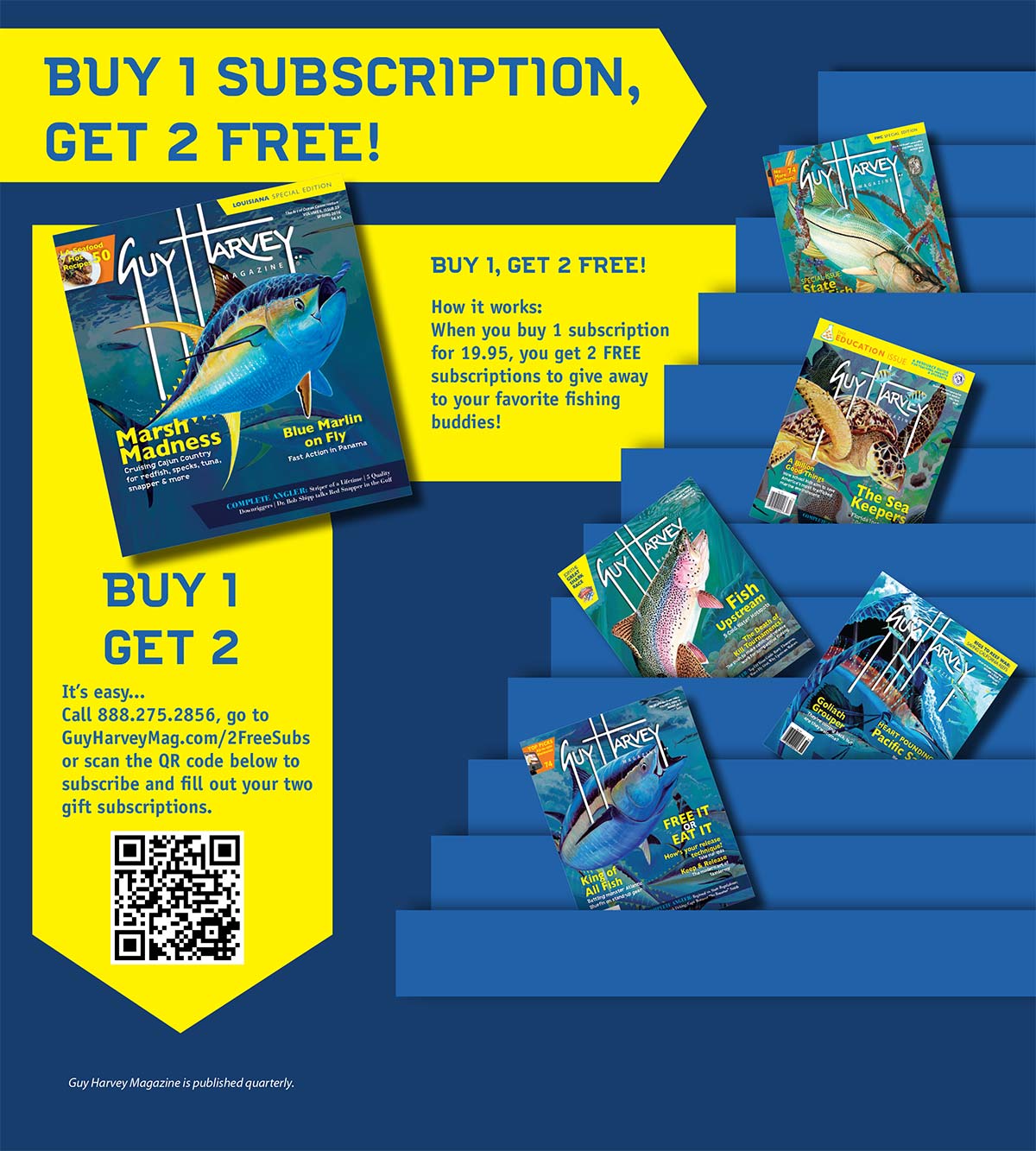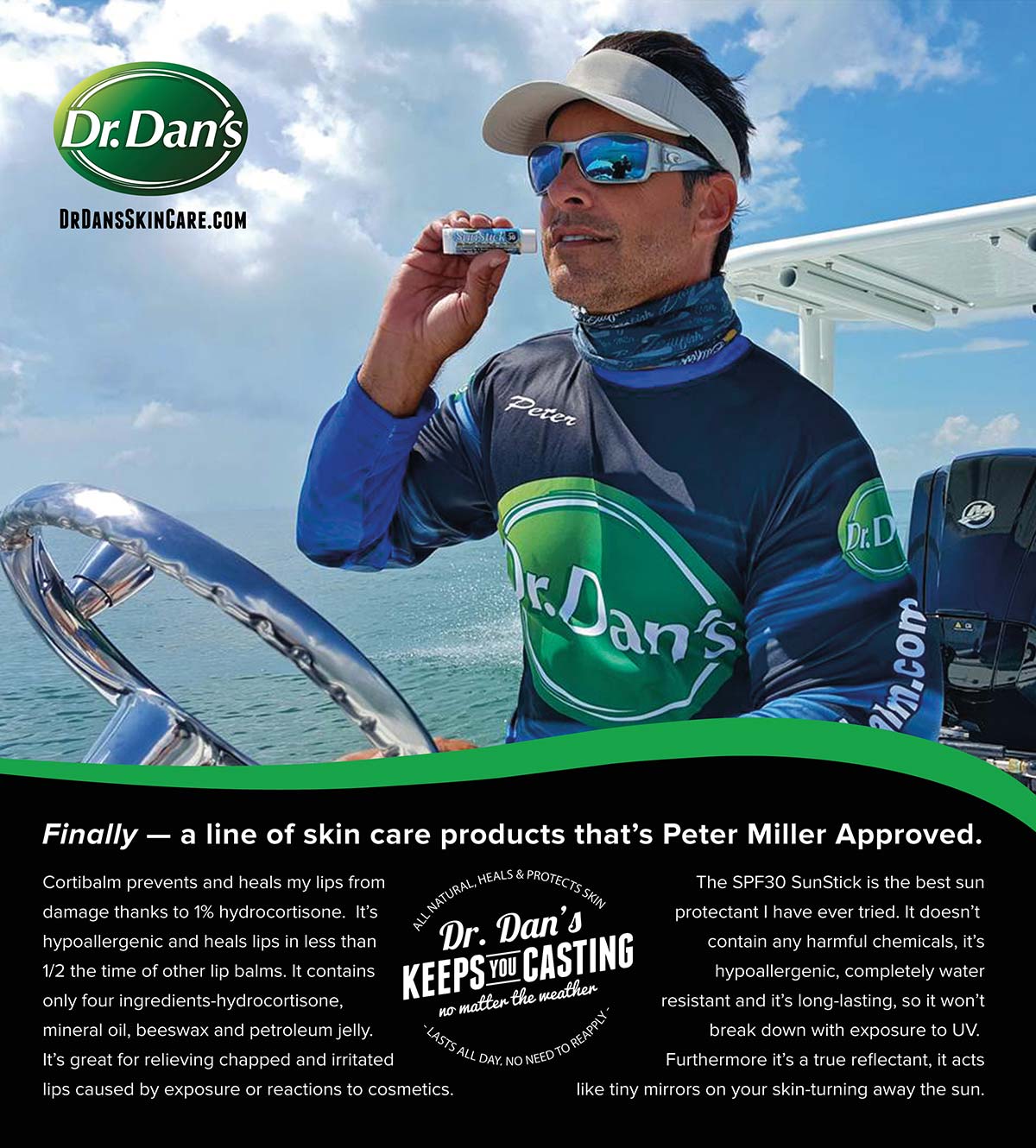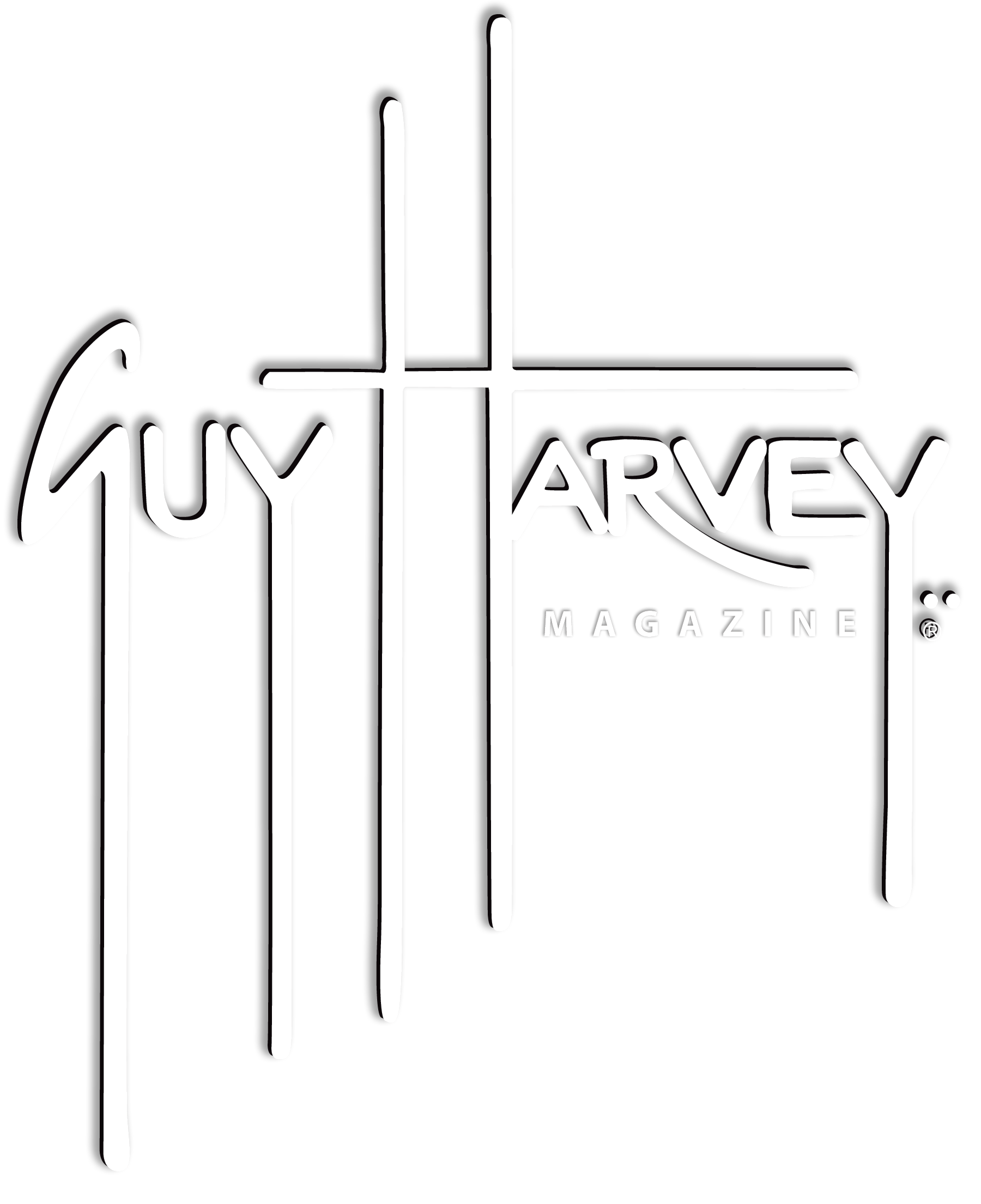

Fred Garth, Editor-in-Chief
MIAMI, FLORIDA
Ozzy Delgado, VP, Sales & Marketing
NEW YORK, NEW YORK
Merrill Squires, Partner
SHREVEPORT, LOUISIANA
Scott Smith, Partner
Lost Key Publishing
Art Director
Carly Stone
Managing Editor
Daryl Carson
Marketing Director
John Guidroz
Circulation Director
Penny Jones
Director of Sales & Marketing
JJ Waters
Marketing Consultant
Justin Gaudin
Editor, Complete Angler
Nick Honachefsky
Accounting
Karen Belser
Copy Editor
Kerrie Allen
Dr. Guy Harvey, Danny Thornton
Contributors
Capt. Theophile Bourgeois, Capt. Daryl Carpenter, Capt. Devin Denman,
Capt. Josh Ellender, Capt. Mike Gallo, Tim Mueller, Capt. Mary Poe,
Capt. Olden Rodrique, Frank Sargeant, Crystal Stevens
Editorial Advisory Board
Dr. Guy Harvey, Chad Henderson, Bill Shedd, Dr. Mahmood Shivji,
Harvey Taulien, David Wilkinson
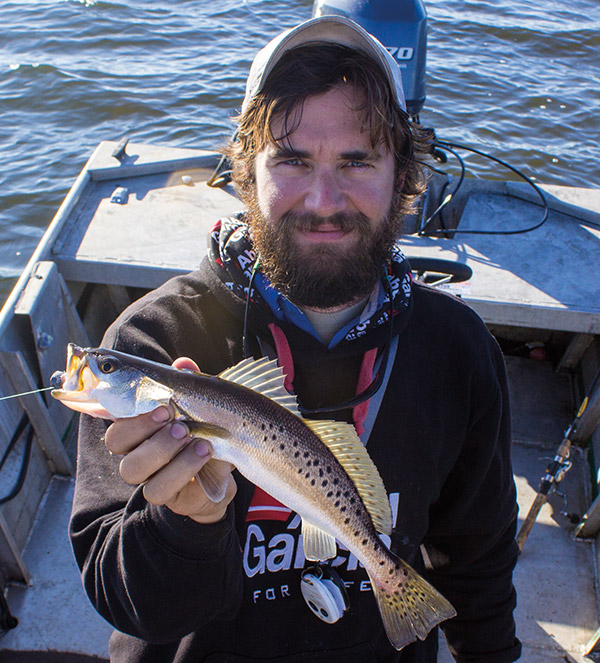
Devin Denman grew up fishing the marshes of St. Bernard Parish, and it’s in that vast saltwater prairie where his heart lies.
Upon graduating from high school, he joined the Marine Corps and became homesick after several deployments overseas. After separating from the Marines, he moved back home, where he spent his time in the pursuit of speckled trout and redfish. In the mornings, you could find him leaving the dock under cover of darkness and returning in the afternoon sunburned from a long day of fishing. In the evening, he took time to detail his trips in fishing reports. For a time, Denman operated an inshore fishing charter out of Shell Beach, Louisiana, before discovering that his true passion was not just in the pursuit of his quarry, but in writing about it and helping others become better anglers in the saltwater marsh. Today, Captain Devin owns and operates a resource for inshore anglers in Louisiana called the Louisiana Fishing Blog.

Tim Mueller, a Louisiana-based professional photographer, spends much of his time traveling and exploring the people and places of the Southeastern United States.
His photographic experience began in his hometown of St. Charles, Missouri, and was developed further at the University of Missouri. He then spent 16 years sharpening his skills while working at The Advocate newspaper in Baton Rouge, the city in which he and his family continue to make their home.
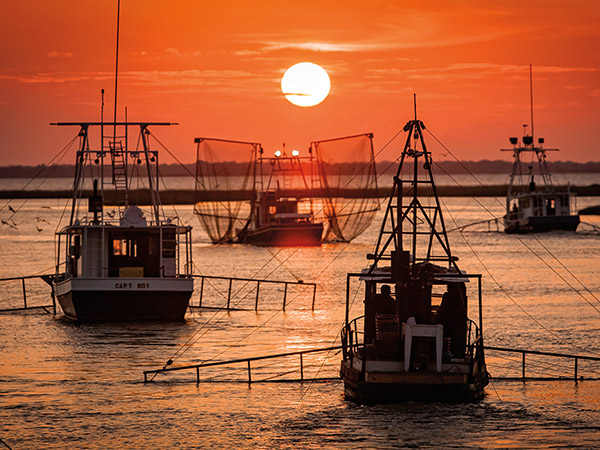
Yet, there are times when the planets line up and I’m able to catch two fish with one hook, so to speak. Meaning, I get to fish and promote marine issues all in the same trip. Such is the case in early June when I visit Southern Louisiana. Believe it or not, I have never fished the waters of the famous (and infamous) state of Louisiana, although I’ve always wanted to. Of course, I’ve heard the incredible stories of monster redfish and trout inshore and big tuna and billfish offshore, but this will be my first chance to hook up on some Cajun fishing. I guess one advantage of being well known is that I’m being guided by some guys who claim to know their local waters as well as they know how to cook blackened redfish. And that is saying a lot!

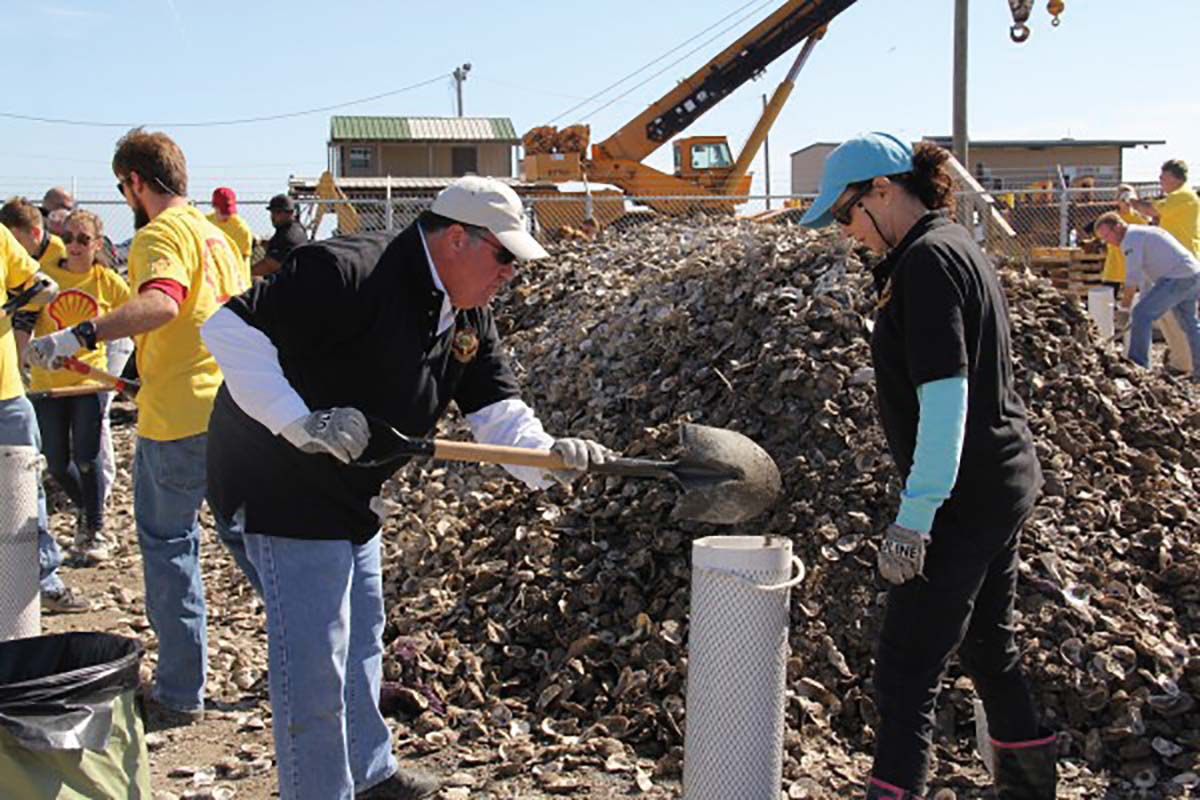

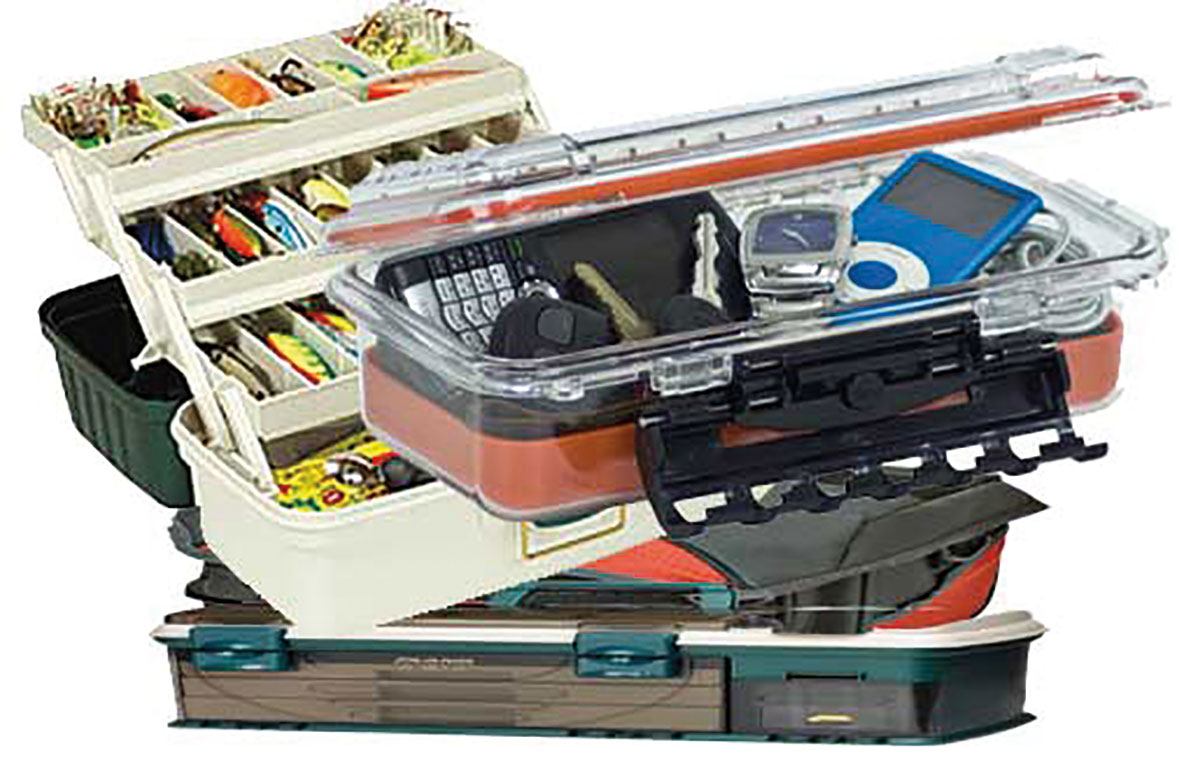

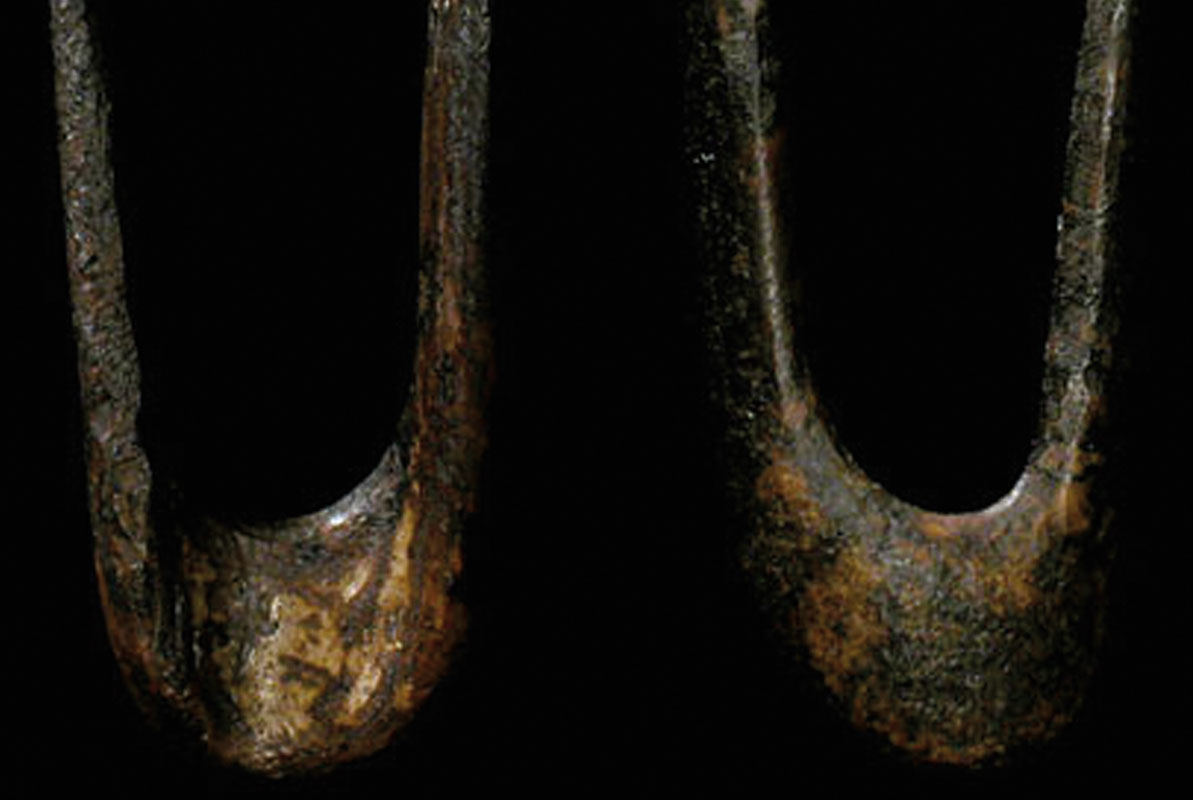

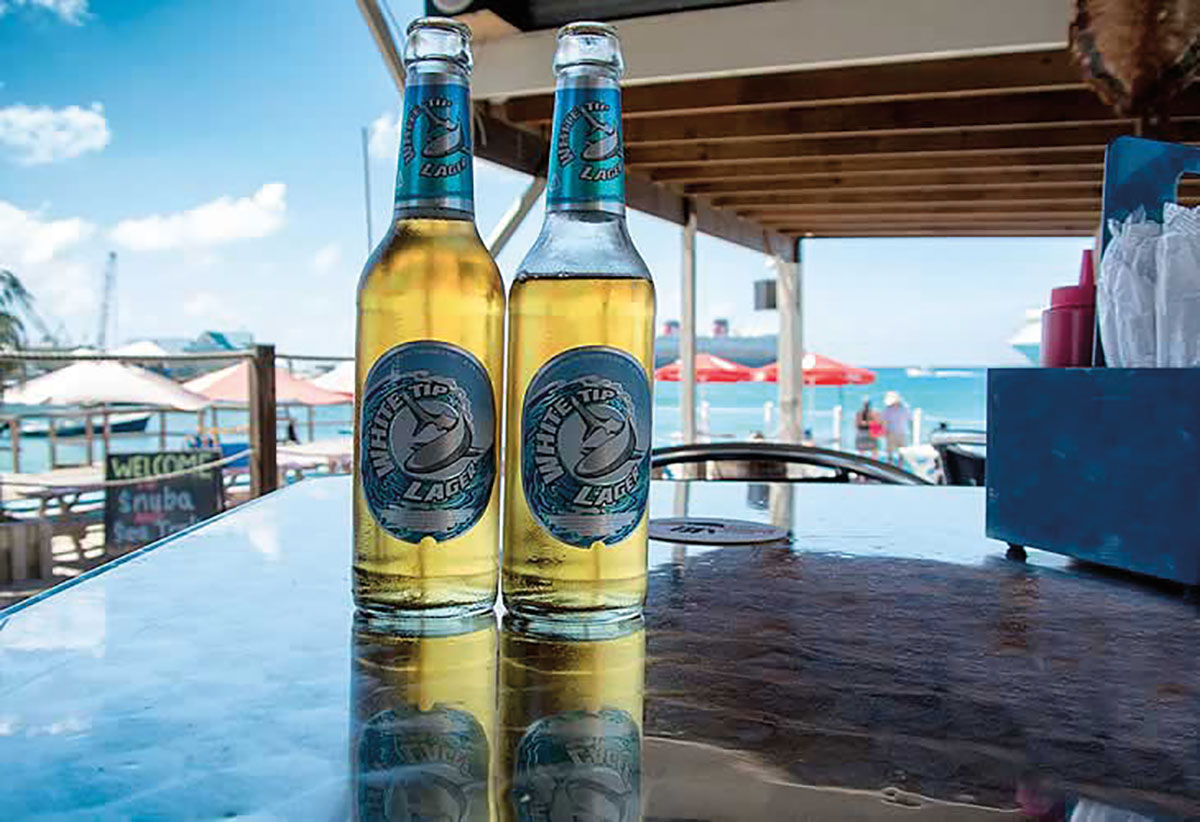

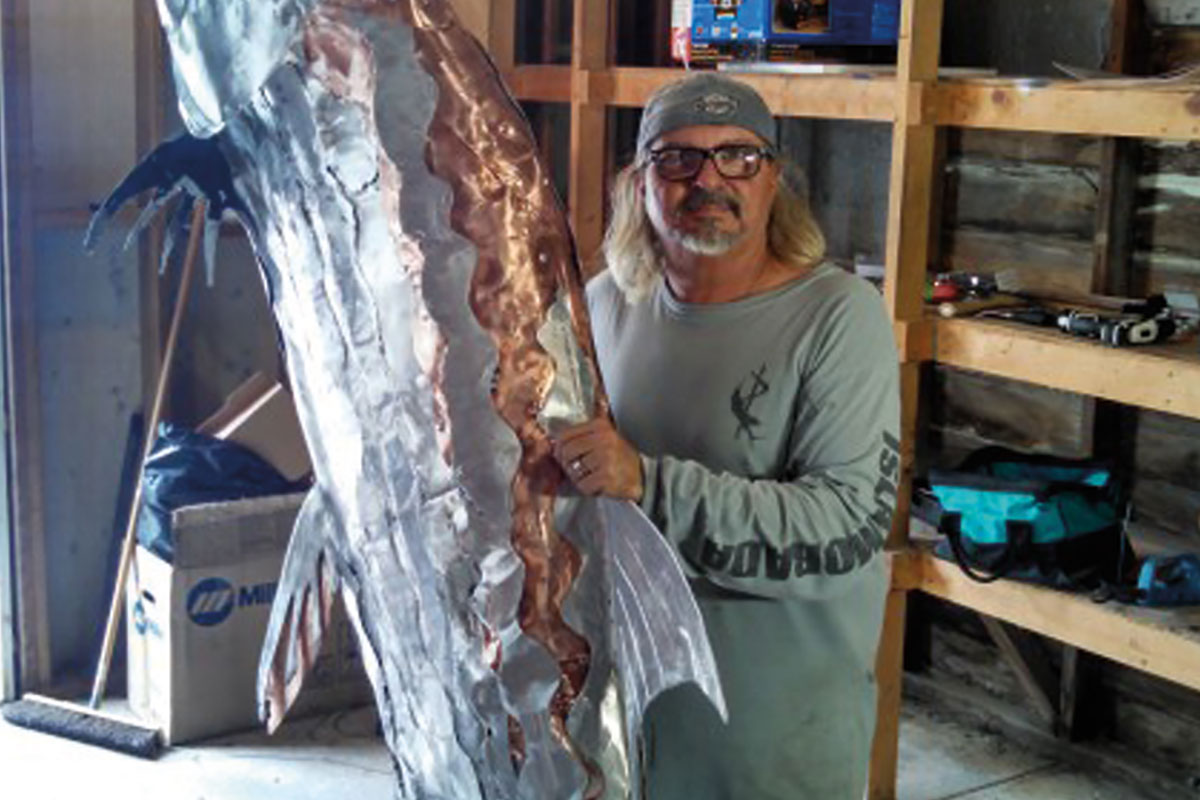


May 13–15
www.floridakeysdolphinchampionship.com
Fish from Miami to Key West in the world famous Florida Keys Dolphin Championship. You can register and weigh your dolphin in at one of five different locations from Miami to Key West. This registers your team for the prizes and trophies for that location as well as the overall tournament, which is the first through fifth place overall largest dolphin and the largest dolphin over 55 pounds Shunter bay boat prize.
May 19–23
www.orangebeachbillfishclassic.com
The OBBC is a strictly non-profit billfish tournament with 100% of all net proceeds donated to qualified 501(c)(3) conservation organizations. The OBBC is an all-volunteer effort, so there is no overhead to deduct from the financial support that’s
provided to various conservation beneficiaries.
May 19–22
www.biggameclubbimini.com
With the Gulf Stream just a mile offshore, Bimini has been a fishing mecca for decades. Legendary figures like Ernest Hemingway have added to the reputation for big blue water action. This year’s Tuna Dolphin Tournament is just one event in the Club’s 2016 tournament series.
May 27–30
www.mbgfc.org
The Mobile Big Game Fishing Club has two of the five largest big game tournaments annually in the United States, while holding the designation of the largest tournaments in the Gulf of Mexico in the history of big game fishing. Join the chase for the $1 million state record blue marlin prize.
May 31–June
www.comefishla.com
The 2016 Cajun Canyons Billfish Classic features a modified-release format for billfish species, along with prize money for blue marlin, tag and release, dolphin, tuna, and wahoo—something for everyone. This tournament is also part of the Gulf Coast Triple Crown.
In 1994, I met a dude in California who was experimenting with this weird thing called the Internet. Sidetone: his real job was a cameraman for The Price is Right with Bob Barker so his credentials were, uh, very odd. Nonetheless, he built a cool website and showed it to me. It ran slower than a snail on Vicodin. But all websites were glacially slow back then.
Now, of course, everyone would die and the world would explode into a massive fireball if the Internet disappeared. At least that’s what my kids say on their Snapchat messages to me. Fortunately, the Guy Harvey Magazine family is always refining our web position. In the past five years, we’re reconfigured our website five times. We’ve added Instagram, Facebook, Twitter and other social media sites that cause me irrational fear, but are still somehow important.


The state incentivized oil and gas companies in a cost benefit way to decommission their rigs. Essentially, the state has made it cheaper for the companies to remove, clean and float a decommissioned rig to a planning area where it then becomes reef habitat.
These planning areas are agreed upon zones where rig material can be sunk for reef material, and are a positive example of how Louisiana’s reef program got the usually frictional recreational and commercial fishing industries to work together.
There were sit down meetings with members of both communities to hash out the best plan possible. The planning areas do not intrude on shrimp trawling grounds, and
are favorable spots where recreational anglers prefer to fish – known to anglers as a win-win “fish-uation”.
Indeed, the Rigs to Reef initiative is the highlight of the Bayou State’s reef concept and their success has served as a model for others, but their reef building program incorporates four distinct zones in both state and federal waters.

To follow the satellite tracks of this and other sharks go to: https://cnso.nova.edu/sharktracking/






It was December 28, 2015. After 41 years of chasing the trophy striped bass of a lifetime, success came in one all too fleeting moment.
Northeast winds of 35 to 40 knots propelled a sleet storm that pummeled my face while I stood on the beach looking at a nasty, 7-ft New Jersey surf. I punched an Ava 27 jig with an orange tail and a 5-in. Tsunami sand eel teaser through the 28-degree air and it landed just past the second breaker. When the jig hit the water, I clicked over the bail and it felt like my lure hit a piece of dock or telephone pole that had been sent adrift by the Forester’s pounding. But after a few seconds, it began to move, peeling drag off a 10,000-class reel and 12-ft. rod and heading out into the whitewater.
The fight was long and arduous. I ran down the beach, staying in front of the fish to keep the hook lodged, knowing it was a class of fish I had never hooked into before and might never see again. Finally, the spike dorsal fin breached the surface in one foot of whitewater and I promptly walked backward, pulling the bruiser-striped bass out of the surf and onto the sand. The blood rushing to my head was almost enough to make me pass out—a striped bass worthy of a lifetime of angling was laying in front of me. I bent down and measured the surf striper at 50 inches long with a 30-in. girth. By IGFA calculations, it weighed between 51 and 55 pounds. In the Northeast, this was a striper—by boat or by surf—that barely one percent of people will ever catch in a lifetime of pursuit.


Dr. Bob Shipp
Here are some of his thoughts on how we got to where we are today in Gulf red snapper management, deemed by most anglers as unnecessarily repressive on recreational harvest, and on where we need to go to make things better.

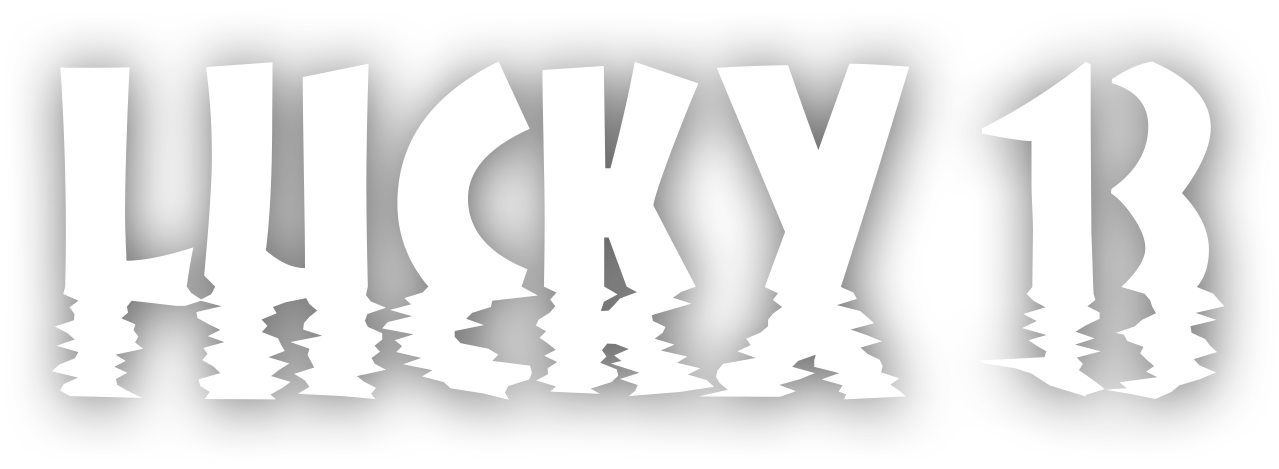
Of course, you also have to find the fish. Then there’s the required skill set one must have to hook a marlin, then get it to the boat. And, even if all of that works, you’d still better be damn lucky. Hard-core fly fisherman Thomas Gorman had a lot of luck but, unfortunately, much of it was bad. For years, he traveled the world trying to hook a marlin on his fly rod. His success rate was zero. So, on the bright side, things could only get better.



I have no idea how many times I’ve made the three-hour drive from New Orleans back home to Pensacola. But, I do know one thing. I always have the same feeling of total exhaustion and lingering guilt from having way too much fun.
There’s usually a dull body ache from pulling in monster redfish and consuming mucho adult beverages. At some point, usually between Slidell and Mobile, I vow—to whomever I’m riding with—that I’ve officially quit any type of hot sauces, Boudin sausages or anything made by someone named Boudreaux. Bottom line, the folks in Louisiana and especially NOLA (New Orleans, Louisiana) live very, very large. They eat with gusto and drink with even more, all to a constant backdrop of excellent music.
I’m proud that I have survived the city—just barely—on numerous occasions. The first time, I was only 13 and a new friend had invited me to Mardi Gras. We zipped around on bicycles and avoided getting squished by the massive floats and crazed crowds fighting for cheap beads. We broke every cycling safety rule, but no one, not even the cops, even noticed. My Mardi Gras friend eventually evolved into my best Louisiana fishing buddy and remains so to this day, some 40 years later. We met as kids when his family came to Pensacola for the summers. We’d troll the Gulf for king mackerel in his dad’s old Stamas. Or my dad would take us out for blue fish in our beat up Glaspar. As the years passed, we stayed buds, even during the three-year stint when I dated his sister.

